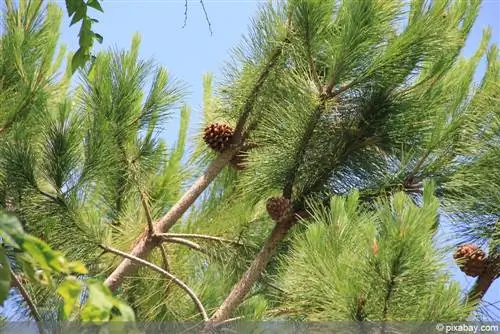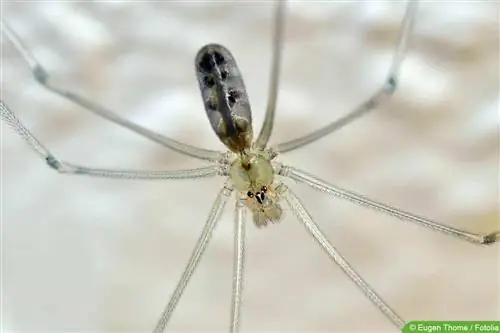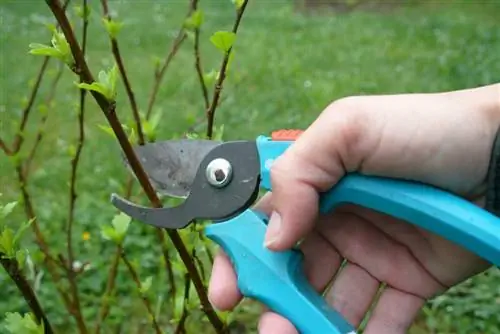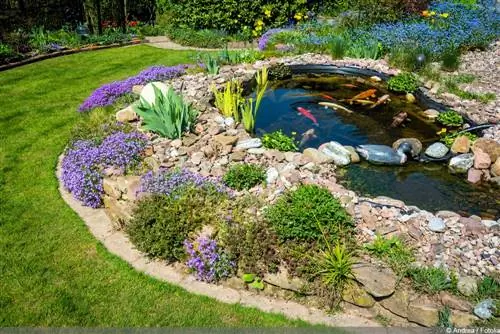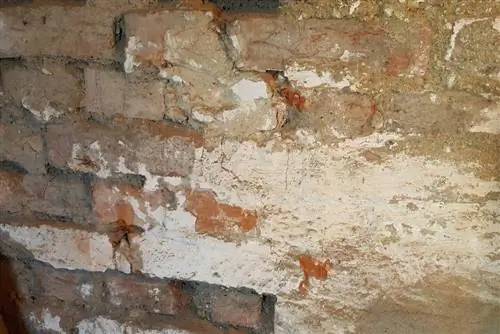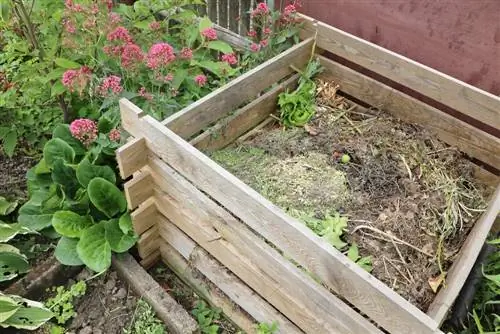- Author admin [email protected].
- Public 2023-12-17 03:39.
- Last modified 2025-01-24 12:45.
Pine cones look beautiful. The green cones are between 9 and 16 cm long and about 7 to 10 cm wide. Their green surface is sometimes crossed by red ridges. So-called deaf cones without seeds serve as Christmas decorations; the others eventually open and release the delicious seeds. Pinecones can be made to open faster.
Nutritious seeds for snacking or for the kitchen
Pine nuts are actually a very special treat. Because once the tree's flowers are pollinated, it takes another 24 months until cones and small seeds actually develop. The pine takes its time. When the plump, 15 cm long and 8 cm wide cones hang on the trees in autumn, they are still tightly closed. Behind each of the small scales there are two cores - at least if they are not deaf cones. In nature, the cones do not open until the next spring to release the kernels. But you don't really want to wait that long at home.
The kernels consist of around 50% fat and 40% protein. This makes them extremely nutritious. Like all kernels and seeds, they contain an enormous variety of vitamins and minerals, so that the little ones are not only delicious, but also he althy. Pine nuts are always good as a snack or in (Italian) cuisine. If only it were easier to get to the cores.
There are usually around 120 pine nuts in a single pine cone. The small kernels sit in pairs under one of the scales of the cone. There they are once again encased in a hard black shell, which you also have to crack after opening the cone. Overall, it's quite a lot of work if you want to get the pine nuts out of the cone yourself for consumption. The cones sold in Germany for consumption often come from Turkey or Greece, but China and Pakistan lead the global market. The pine cones are collected throughout the Mediterranean region, including Spain, Italy, Portugal and Israel. In wild-growing pine forests, because until now the pine could not be cultivated profitably. Harvesting pine cones is laborious because the cones are either stripped from the branches with long hooks, or a harvester has to climb the tree and pick the cones. Trunk shaking machines cannot be used - they are common in fruit growing.
First open the cone, then the kernels
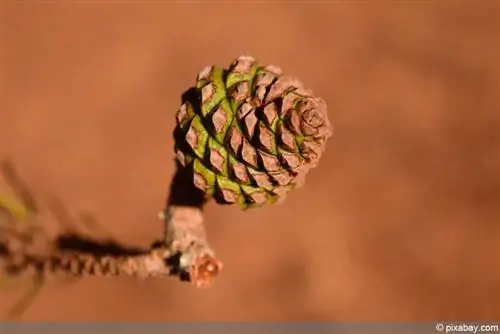
Pine cones will open on their own after a few days or weeks if stored in a warm, dry place. So the space on the heater isn't a bad idea at all. However, it can take so long to open that the kernels become moldy or gray from the inside - then they are no longer edible. This can usually be recognized by the musty smell of the cones and seeds.
If you don't have the patience or want to deal with spoiled kernels, you can speed up the process a little. The oven is a good helper:
- Set oven to 60° to 80° C
- Line the baking tray or rack with some baking paper
- Put the pine cones on the tray or rack in the oven
- Wait.
When the pine cone opens, it usually happens with a loud crack. However, if the oven closes tightly, you may not hear this. So it's not a bad idea to look in the oven every now and then. The cones do not open within a few minutes, but within a manageable period of time. Once the cones are open, the pine nuts can easily be shaken out. At least that's what the manufacturers say on the packaging. In fact, the cones sometimes open so violently that individual segments are simply blown out. And the cores are still quite tight. So sometimes shaking isn't enough; the pin may have to be completely dismantled. And the kernels are now still surrounded by a thick, hard shell.
Heat again, this time in the pan
The most stress-free way to remove pine nuts from their shells is to roast them in a pan. Simply let the pan on the stove get hot and add the seeds. Pine nuts are dry roasted, which means no fat gets into the pan. When the kernels turn golden yellow, they are ready. The shells can now be easily removed so that the soft core can be enjoyed.
But be careful:
The kernels are hot inside too! It's better to wait a moment until the kernels have cooled down.
By the way, the opened and now empty pine cone can still be used as a decoration. The short time in the oven didn't hurt it. If you are bothered by the green-brown color, you can easily change the color of the cone to silver or gold with a little decorative spray (never spray indoors, always outdoors!). The cones also look very nice when they are sprayed with a little artificial snow.
If necessary, violence can also be used
If you've had enough of the oven action to open the pine cones, you can crack the kernels without roasting them. A simple nutcracker is used for this; the procedure is the same as with Brazil nuts or walnuts. However, the cores are much smaller, so this can be quite fiddly.
You should definitely not try to crack the kernels with your teeth. This can be a good thing - but usually only for the dentist. Because the nutshells are harder than human tooth enamel, which it simply blasts away. The crown of the tooth (i.e. the upper part of the actual, hard tooth) often breaks when trying to open nuts or seeds with your teeth. People aren't squirrels after all.
Once cracked, quickly eaten
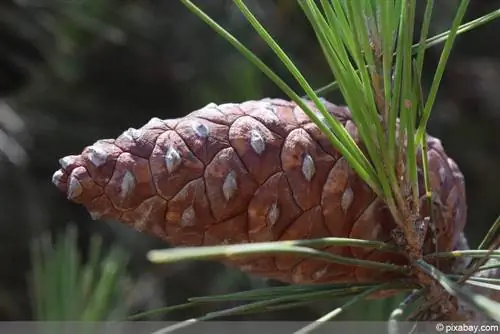
Pine nuts are a pleasure on their own, but they taste even better in the right dishes. Salads, for example, can be spiced up with the nutty and sweet tasting seeds. But pasta also benefits from the small seeds. In Italian cuisine, the pine nuts are simply roasted and sprinkled over spaghetti or other pasta, along with a little olive oil or another sauce that doesn't taste too strong. Meat dishes can also be refined with the characteristic aroma of the seeds, for example a gently seasoned steak.
Not all cones on the market are suitable for consumption
It has already been mentioned that the cones of the pine tree, as well as other pine plants, are often used for decorative purposes. It makes a difference whether the cones are in the hardware store next to tinsel and Christmas tree baubles, or whether they are purchased in the vegetable department of the supermarket. Cones that contain few or no seeds are sorted out immediately after harvest and further processed as decorative items. Only cones that are filled with seeds and of the appropriate quality are sold as food. These are the pine cones that are in the fruit and vegetable section. The kernels it contains meet the high demands placed on food in terms of taste and quality.
Pine nuts can also be purchased already peeled and ready to eat. The small yellow seeds with the black dot at one end are quite expensive. This is not due to the special quality of the cores, but rather because they are simply difficult to get to. Even with machines and industrial processing, the pine cones do not release the kernels so quickly, and it is simply laborious and very time-consuming to then remove the hard shells from the kernels. In industrial processing, this is not handled that much differently than at home: the cones have to be opened using dry heat and the kernels are carefully removed from the shells. A particular difficulty is that the shells are very hard, but the kernels inside are extremely soft and sensitive.

